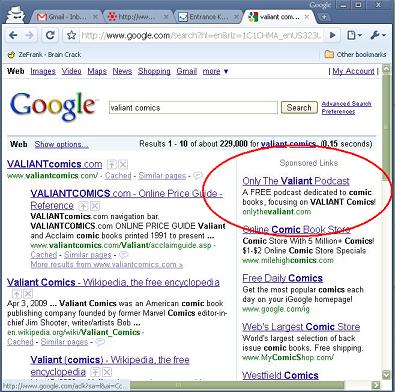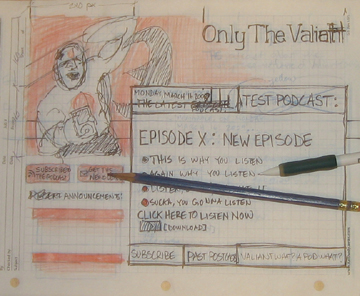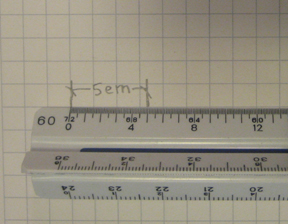How to Memorize Anything
I just spent a weekend memorizing a 400-page technical manual, then took a test on the material to get a professional certification for the material.
I aced it.
I get to put a bunch more letters after my name, Sean Neprud, P.E., LEED AP. The LEED AP is new. My list of letters is almost longer than my name now. It would be longer if I could put “kick ass” on there as well, but nobody will certify K-A. Yet.
The real lesson from this story, however, is how I learned all of this material in 2 days. I studied from 9am to 5pm Saturday, with a 2-hour break, and from 8am to 6pm Sunday, with a 3-hour break. 400 pages of facts and information that I had to apply and interpret, memorized in 13 hours.
I want to go on record saying that I am not gifted at memorization. I am downright bad at it, in fact. Memorizing all of the vocabulary for Spanish was always the hardest part of class for me, and as far as forgetfulness goes, I recently forgot where I parked my truck, and had to walk up and down streets in my neighborhood to find it.
Now I will say (not so humbly) that I am gifted with smarts. I can figure stuff out, and know how to use information pretty easily, once I know it.
Knowing the information, and knowing it quickly, was the problem I faced.
My plan was to study for a week or two. That got cut down to a week. The time I was allotting to study got smaller and smaller as the test got nearer and nearer.
By the Friday before the Monday-morning exam, I planned to study for the whole weekend, from Friday evening to Sunday night. I got distracted on Friday though, and didn’t start till Saturday morning.
Why is memorization important?
Sometimes life requires memorization. It helps socially, with remembering names of people you meet. It helps in business and at work, with too many things to list. It even helps pass tests to become an Accredited Professional.
One frustrating thing about this particular exam I took is that it is closed book. They even made me turn my pockets inside out before entering the test room and filmed everybody in the room to make sure we didn’t cheat.
Of course, life isn’t closed book, and when using this information to plan the design of a LEED accredited building, like, for real, I will have the book as a reference.
I guess the folks that give out the certification want to make sure that Accredited Professionals are well versed in the LEED material.
I do know the material far better than if I could have just looked it up in a book during the exam. Name a random LEED credit, and I can list the requirements for that credit without referencing the manual.
This is due to my use of the Super Amazing Memorization Method™
How the SAMM™ was born
I developed my Super Amazing Memorization Method™ back when I was teaching a lot of workshops, and I would be in a room with 15 to 20 guys I had never met before, who had spent thousands of dollars to attend.
A little thing I have figured out about people: When we spend $2,000 for a weekend workshop, we want the people teaching us to remember our name.
Memorization is mighty important in this situation.
I’ve also used this method at networking parties, when I meet a bunch of folks, or even at the bars, when I hit on a group of 3 or 4 women, to remember all of their names.
I don’t get any letters after my name for that though.
So what is the Super Amazing Memorization Method™?
The process is simple
It is a very easy process. I’ll explain it with an example of learning a group of people’s names.
Someone introduces them self. You repeat their name to yourself.
Another person introduces themself, and you repeat their name to yourself.
Now here is the key:
After repeating the second person’s name, repeat the first person’s name, and the second person’s name.
After the third person introduces themself, repeat their name, then the names of all three people that introduced themself.
This is how, weekend after weekend, I memorized the names of 15-20 people in a seminar as they introduced themselves over a few minutes. By the end of introductions, I remembered everybody’s name.
The problem with traditional memorization is that as soon as we learn something new, it can very easily displace the old information. I can’t tell you how many times I have been at parties where I meet somebody, remember their name, but as soon as I meet another person and learn their name, I have forgotten the first person.
This memorization method reinforces the previous information every time we learn something new, and further pushes it into the long-term information storage in our minds.
Each new addition to a body of information is followed by a review of the entire body of information.
It amazes me how effective this is.
Last weekend, I used this method to memorize the LEED manual. The manual describes roughly 50 different ways that building design and construction can earn credits towards getting a certification by the Green Building Council.
Each one of these credits has very specific requirements, for example one credit requires that 10% of architectural materials, by cost, be recycled, with recycled defined as percentage, by weight, of post-consumer recycled material plus one-half of pre-consumer recycled material. Other credits reference standards with big, impossible to remember names like ASHRAE 90.1, CIBSE 10, and IPMVP volume III.
In other words, it was not simple stuff to memorize.
I learned all of this material with the same process that I used to memorize names. I started by learning the requirements of the first credit, and wrote it out on paper. Then I learned the requirements of the second credit.
Then I re-wrote the requirements of the first credit and the second credit.
I moved on to the third, learned it, then re-wrote all three. I repeated this on and on, until I had learned the meaning and requirements for approximately 50 credits.
I have dozens of pages of handwritten notes as proof.
I also passed the test and got new letters after my name, so maybe there is something to this.
The downside
There is a downside to this process: it is boring. When writing out the meaning of something for the 20th time, you will start to hate and despise writing it out.
I experienced that last weekend. There were times that I didn’t want to write down the previous 15 things I had memorized after learning the 16th.
I forced myself to do it though, and even though I was annoyed to be writing out that 1st item for the 15th time, it was worth it, because it helped me to add the 15th and 16th item to my overall knowledge, and it ensured that the previous 14 things I had learned stuck in my mind.
If you use this method, skipping a round of review is NOT allowed. It is tempting, but this shortcut will only damage the overall effectiveness of the process.
I did use shorthand, writing just a few words down that summarized each credit during the review. For example:
Materials and Resources Credit 4.1: 10% recycled material, by cost, does not include MEP, pre-consumer + 1/2 of post-consumer, use weight to figure partially recycled materials
Would get shortened to:
MR C4.1-10% recycled (post + 1/2 pre)
When using shorthand or abbreviations, the purpose was to remind myself that I knew the details, I just used the method to save some writing time (and reduce hand cramping).
The boring repetition of this process is the reason that it works so well though.
Learning in list format
For those of you that learn best by seeing things in a list, here is the Super Amazing Memorization Method™ in step by step format
- Learn the first piece of information, write it down or repeat it to yourself
- Learn the second piece of information, write it down or repeat it to yourself
- Write down or repeat the first piece of information, then the second
- Learn the third piece of information, write it down or repeat it
- Write out or repeat all three pieces of information you have learned so far
- For each subsequent piece of information you learn, write it down or repeat it to yourself, then follow it by writing it down or repeating every piece of information you have learned so far, including the most recent piece
- reap your rewards and riches
I learned it all the first time
How many times do you think somebody refers back to a previous section when memorizing information like this? How many times did you have to review part of a textbook in college to remember the material?
I paid attention during my memorization process, and I only looked back at previous sections 3 or 4 times to refresh my memory and understanding of that section.
That means that for 90-95% of the material, I learned and retained it all, accurately, the first time. Not bad for 50 different nuggets of information.
When I finished studying the manual, I made a note that I have never memorized so much information so quickly. It is boring, it is tedious, and it is effective.





